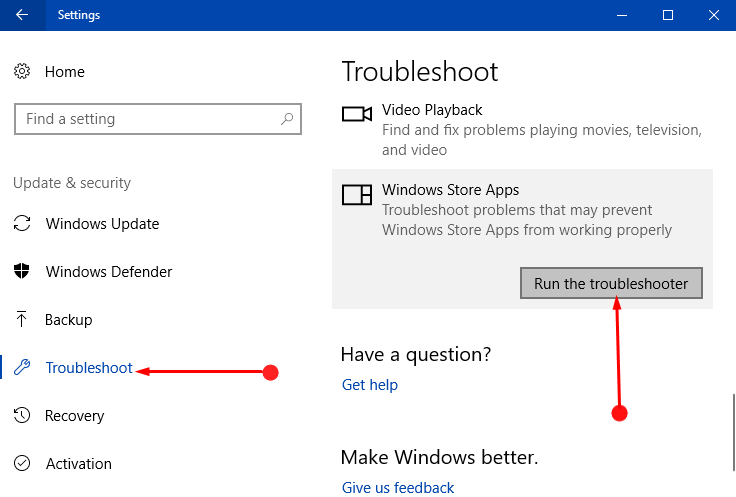
We previously identified five features that would make you want to switch from Windows 10 Home to Windows 10 Pro, but in this case we’d add a sixth: the ability to more finely manage Windows updates. But at $200, Windows 10 Pro offers some advantages, too. Windows 10 Home can be the cheaper alternative, at $139. When you’re building a PC you have two choices of Microsoft’s Windows 10 operating system: Windows 10 Home and Windows 10 Pro. Three tools to manage updates with Windows 10 Home Clicking the Update now button will query Microsoft to see if any updates are available. This is the main Windows Update screen, which will inform you if any updates are pending. Would you want to buy a car if it had even a 0.001 percent chance of exploding? Probably not-which is why it’s good to know how to manage Windows 10 updates, now and in the future. Microsoft wrestled with the fallout from the Windows 10 October 2018 Update, which apparently deleted user data in an undisclosed number of cases and was put on hold, then resumed. Windows Update can also automatically provide updated drivers for hardware connected to your PC, such as a USB-attached printer. Windows 10 feature updates and security updates provide a valuable service: they not only patch Windows, its apps and components, but provide new features and capabilities twice a year. You shouldn’t block all Windows 10 updates. If you want to control the setting at the domain level, you will need to download the latest Admi nistrative Template (.admx) for Windows 10 and copy them into the PolicyDefinition folder on the Active Directory server.How can I stop Windows 10 updates? Whether it’s preventing Windows 10 from kicking off a critical update during a presentation, or deferring Microsoft’s Windows 10 feature update because of worries about data loss, it’s a question we’ve all asked.

This will re-enable the PIN sign-in option only if the same option isn’t available in domain-level of Group Policy. You may need to restart your computer to have the change taken in place. Computer Configuration > Administrative Templates > System > LogonĪnd enable the setting called Turn on convenience PIN sign-in. Press Win + R to bring the Run dialog box, type gpedit.msc to open the Local Group Policy Editor. It’s a group policy controlled setting so it can be re-enabled through group policy. The option will be greyed out and disabled when the computer is joined to a domain. Or like this in later version of Windows. I use PIN quite exclusively myself on the computers I use regularly so if I need to share it with someone I can just share the PIN instead of the password.īut what to do when the PIN option is greyed out? It’s actually a recommended method as it eliminates the danger of exposing passwords to keep your accounts safe.

Signing in to Windows with a PIN is way easier than patterning my fingers on the keyboard to type out the long password.


 0 kommentar(er)
0 kommentar(er)
